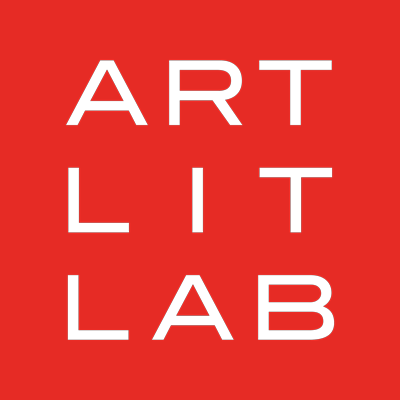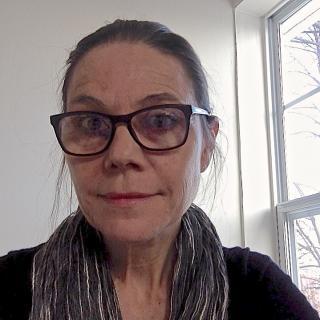On The Nature of Things features artists Rina Yoon and Marsha McDonald, whose work examines humanity’s relationship with the natural world.
The title is a nod to a philosophy that has emerged across cultures, that we are all made of the same atoms, atoms that philosophy describes as infinite in scale and indivisible.
The philosopher Lucretius wrote the poem, De rerum natura (translated as On the Nature of Things), which challenged the belief that gods controlled human fate. It did not challenge the existence of gods, but the notion that people should fear gods. It takes the future of humans out of the hands of the Fates, placing that future in humanity’s own hands. De rerum natura is just one exploration of an idea that has emerged across civilizations, one that reconnects us with a sense of place within the natural world when systems go out of balance.
In her prints and paper coil installations, Rina Yoon overlays the textures of earth and water on the human figure. She explores a concept known as inyeon, which from Korean, translates to “cause/effect.” Inyeon explores the relationship between internal and external influences.. She likens the human body to a seed that contains everything it needs to grow, while also being dependent upon the soil to reach its potential. She likens human veins to waterways, channels for delivering energy to flesh and soil alike.
Marsha McDonald lives between Wisconsin and Tokyo. She uses photography to connect different homes, taking a micro-focus on details surrounding her: Japanese canals and streams near her apartment(s) in Tokyo and a river near her studio in Wisconsin; images of household items recreated as prayer flags. McDonald writes, “The substance of a thing is never far from the emotions and thoughts it evokes...Objects as spirit, memory, and reflection—[this] is what I’d like to explore.”
The purpose of this work is not to celebrate for the philosophy behind The Nature of Things. It is not to turn nature into a deity. The purpose, instead, is to deeply question, meditate, and relate to what we see. It is to connect the similarity of one river to the next. It is to overlap the health of the human body with the flow of water.
If we can see the natural world in ourselves, perhaps we can see it not as holy or otherworldly, but as familiar, flawed, diverse, and human. And as humans, perhaps we can also mature how we understand our role in determining what is humane.
This exhibition is curated by Jenie Gao.
On the Nature of Things: Special Reading and Artists’ Talks: September 9, 2017, 6-7 pm
On the Nature of Things, Opening Reception: September 9, 2017, 7-9 pm


